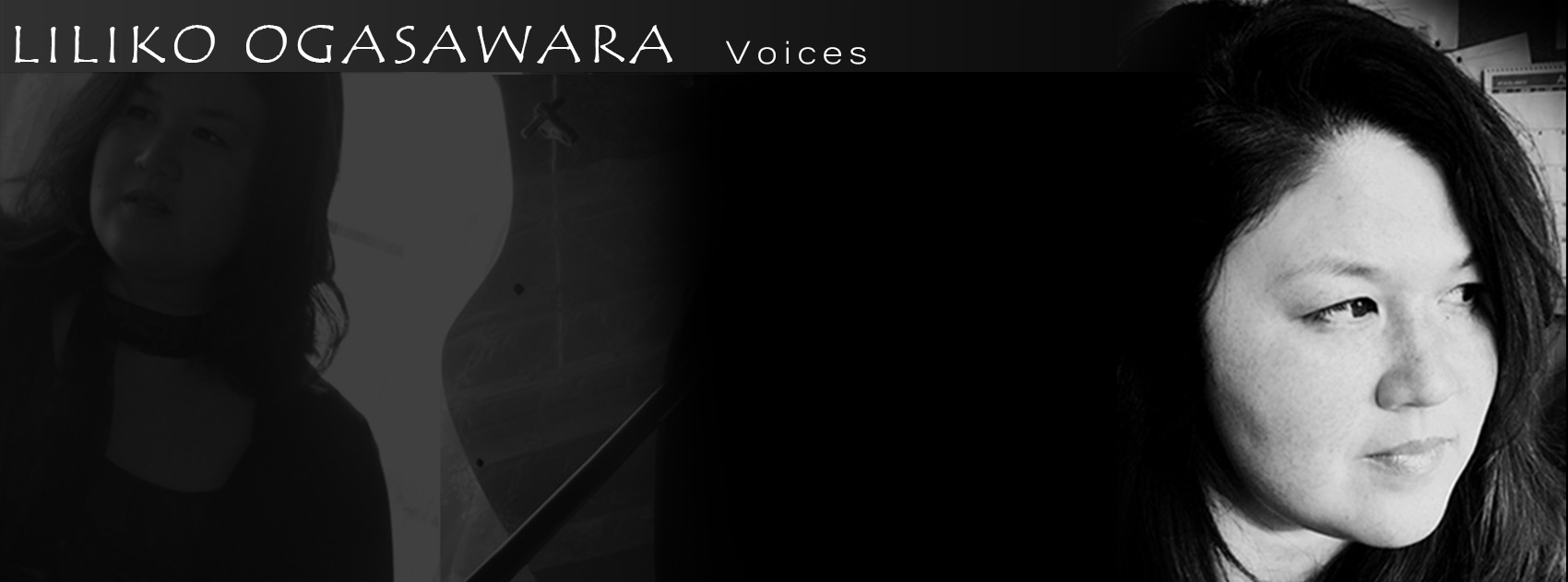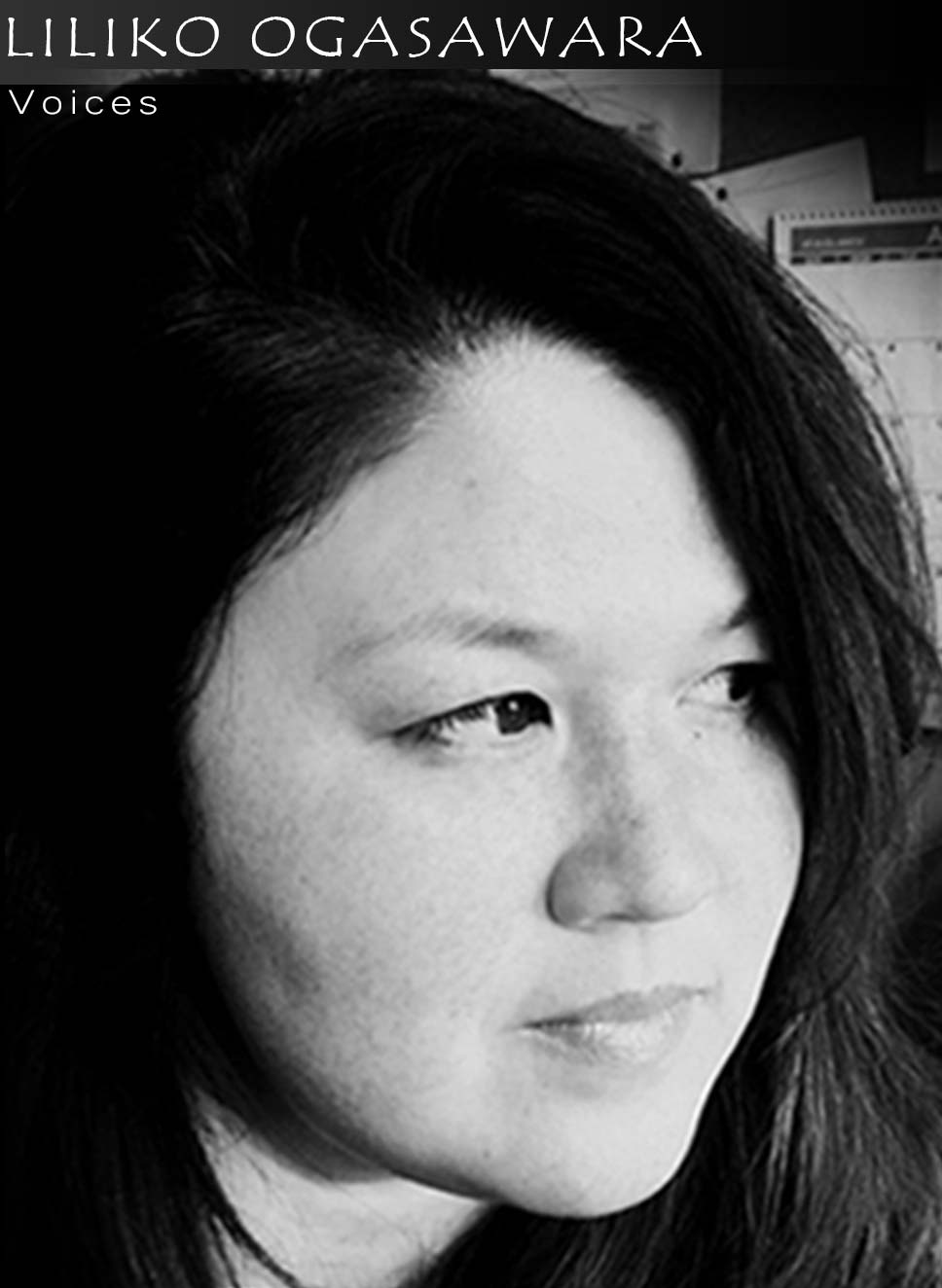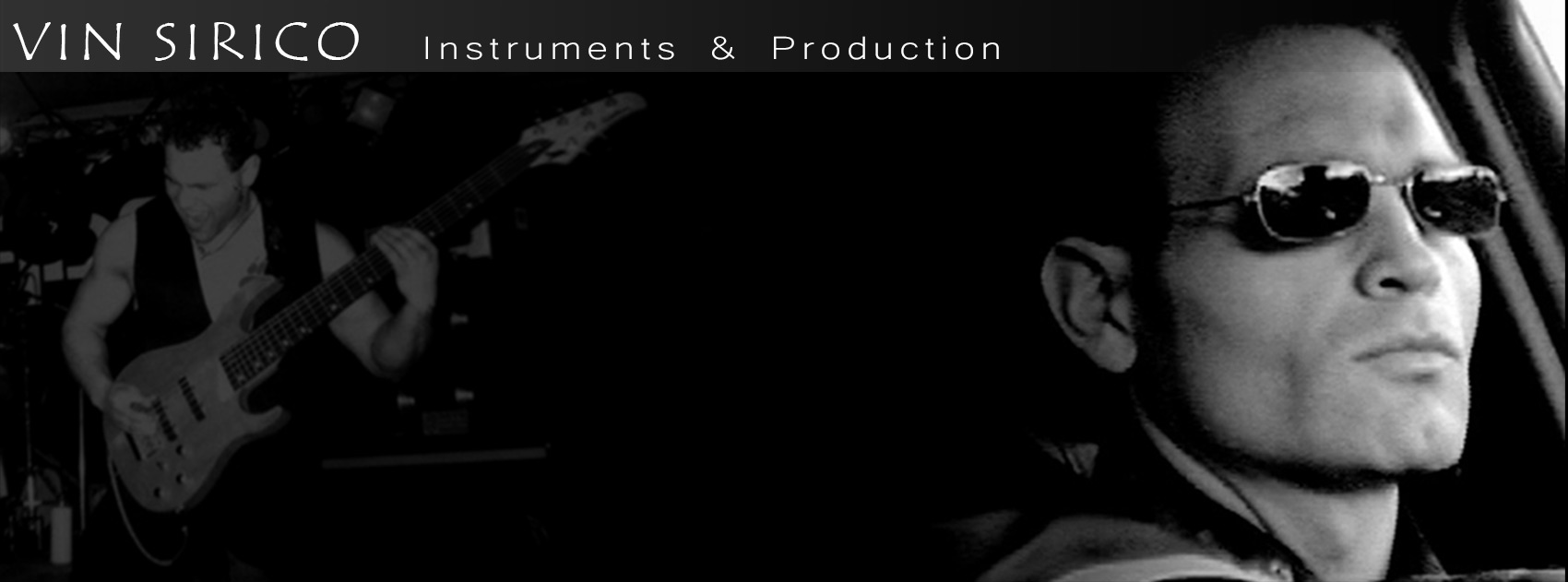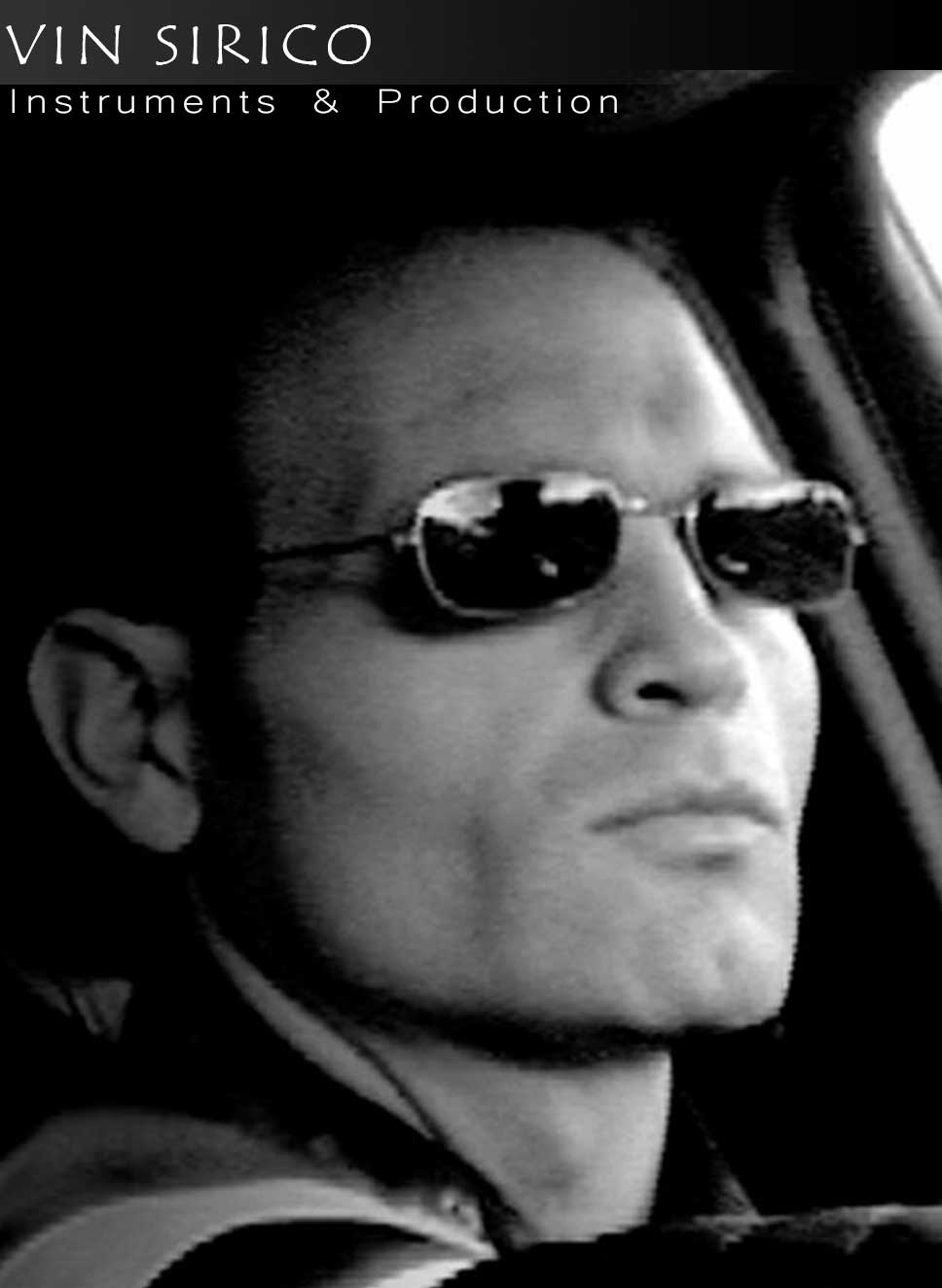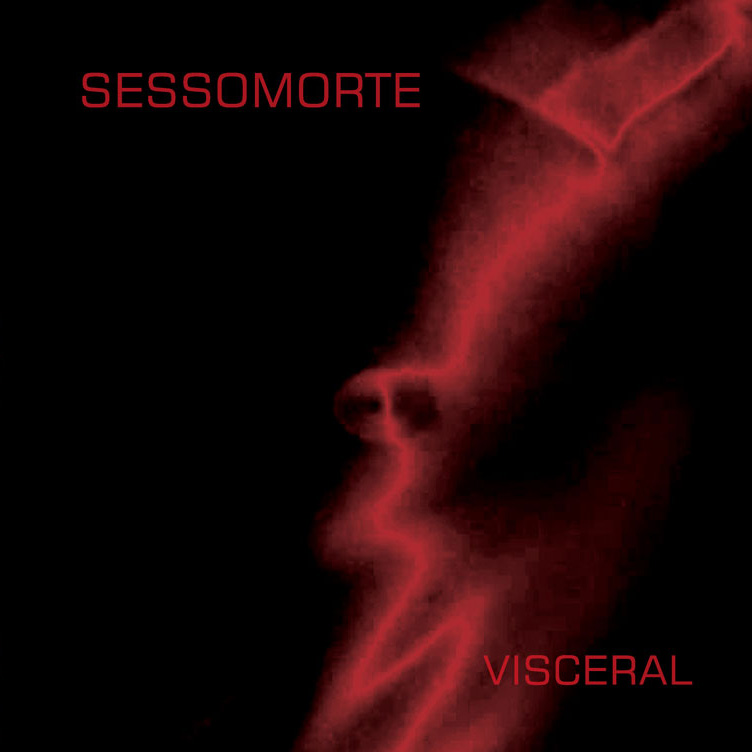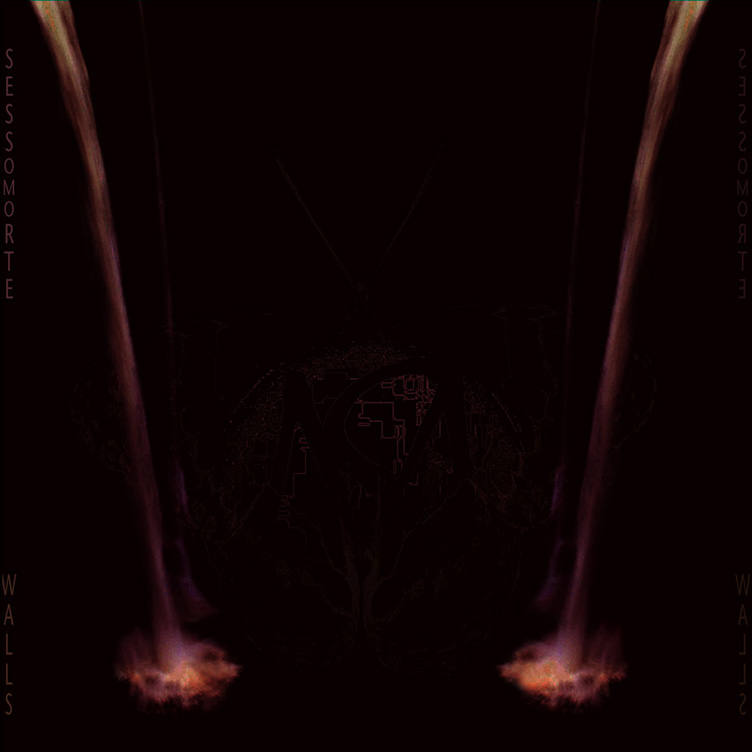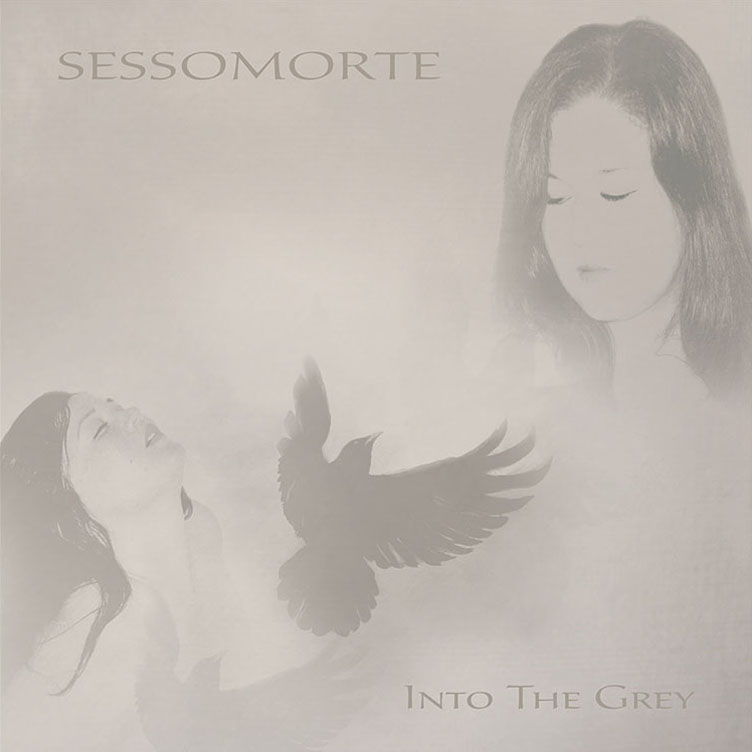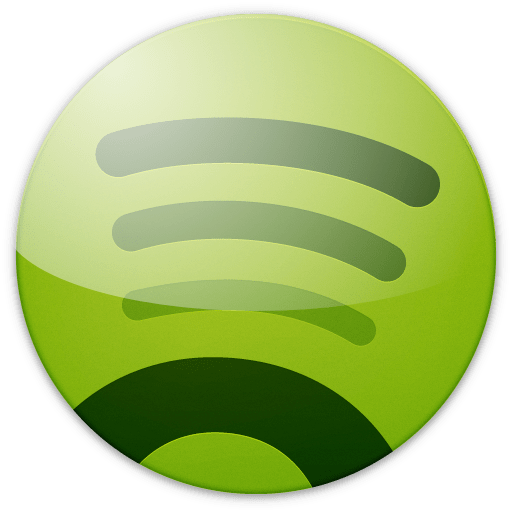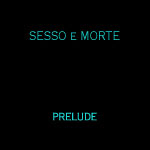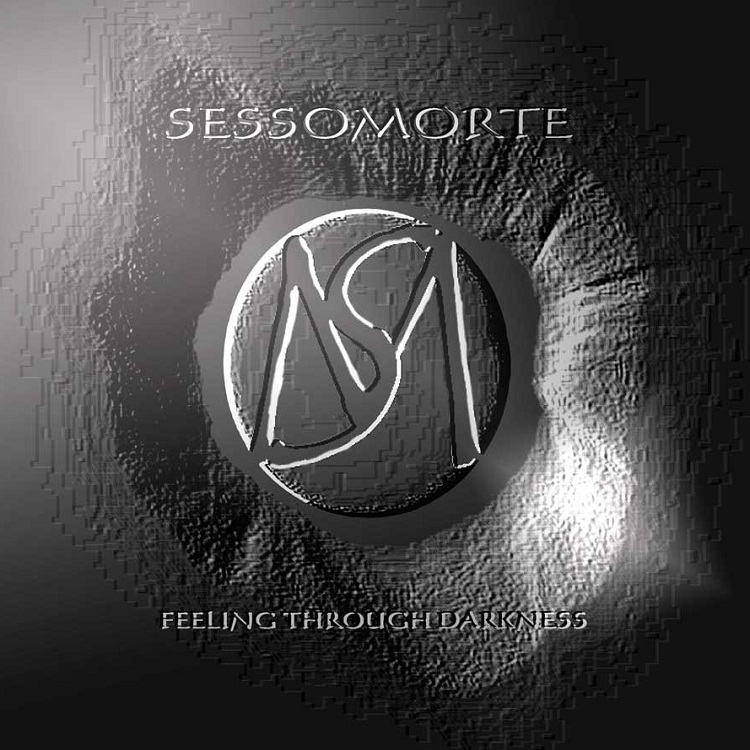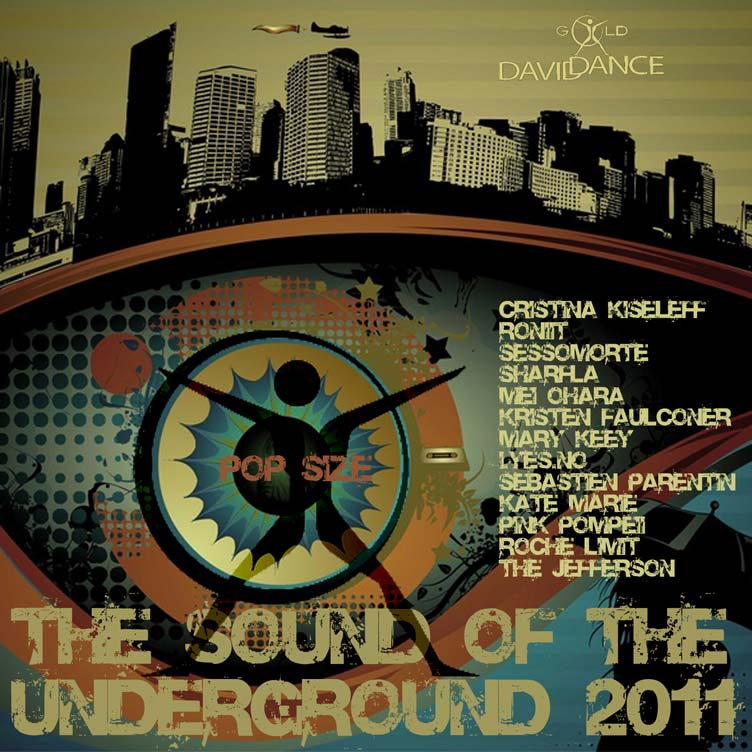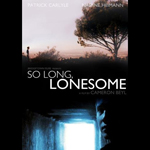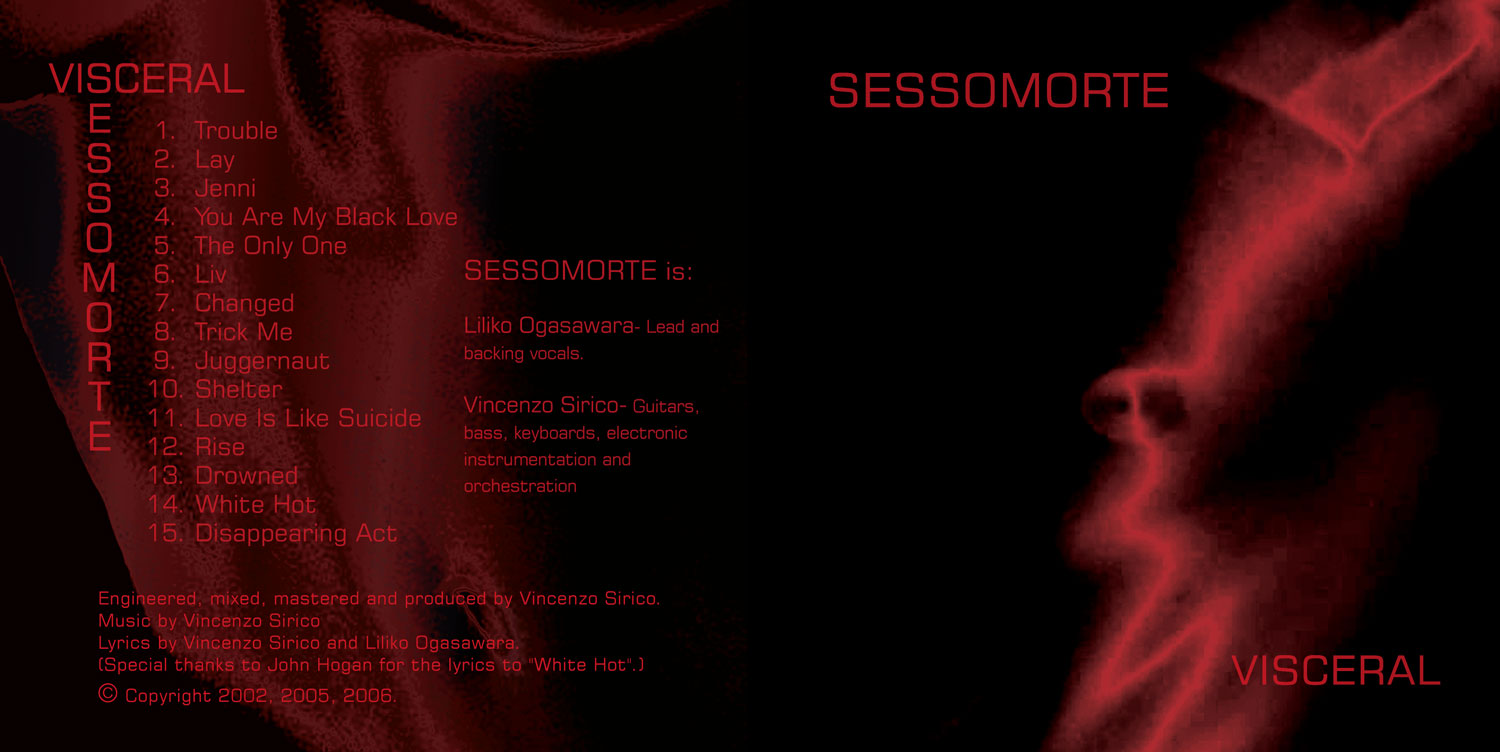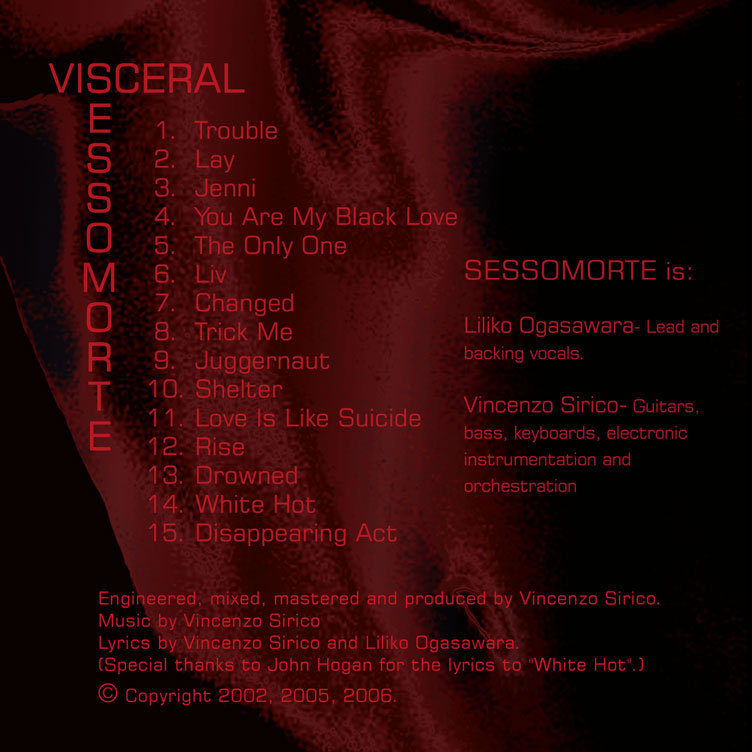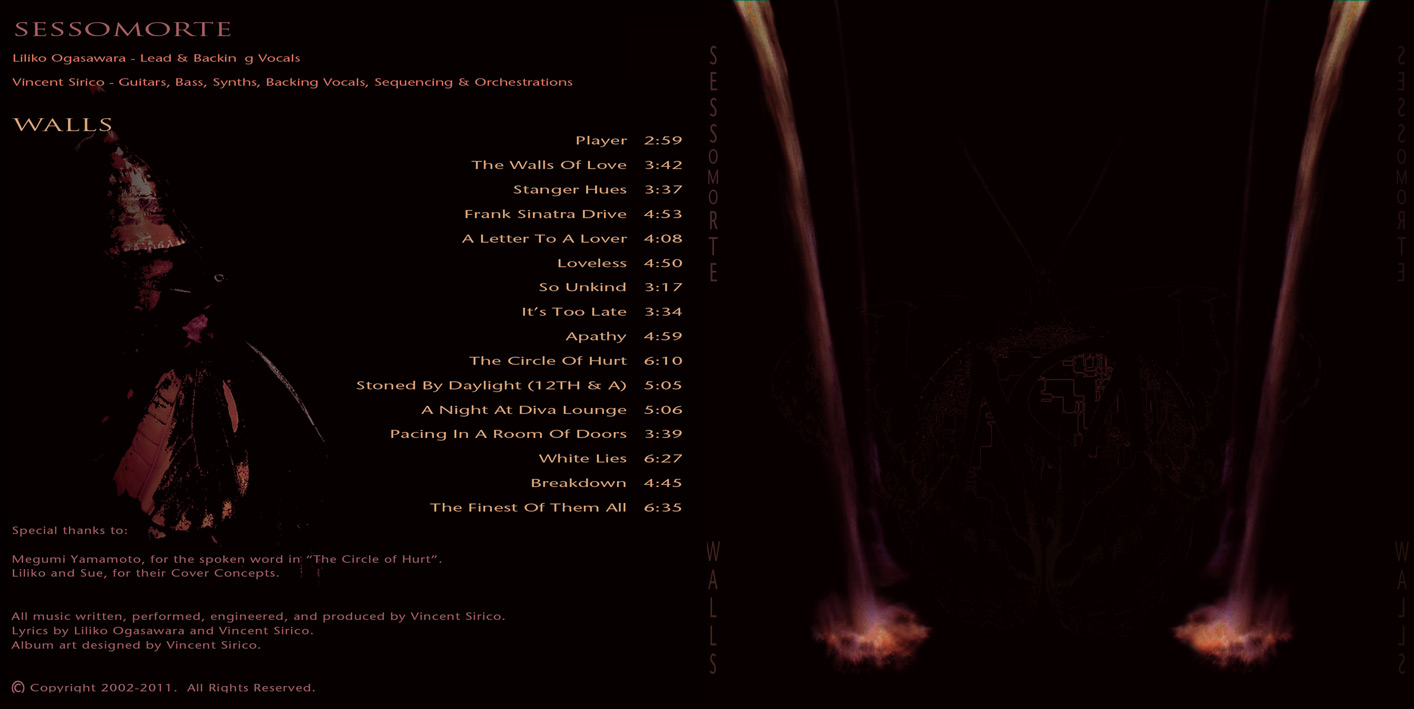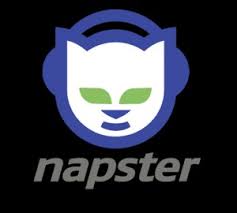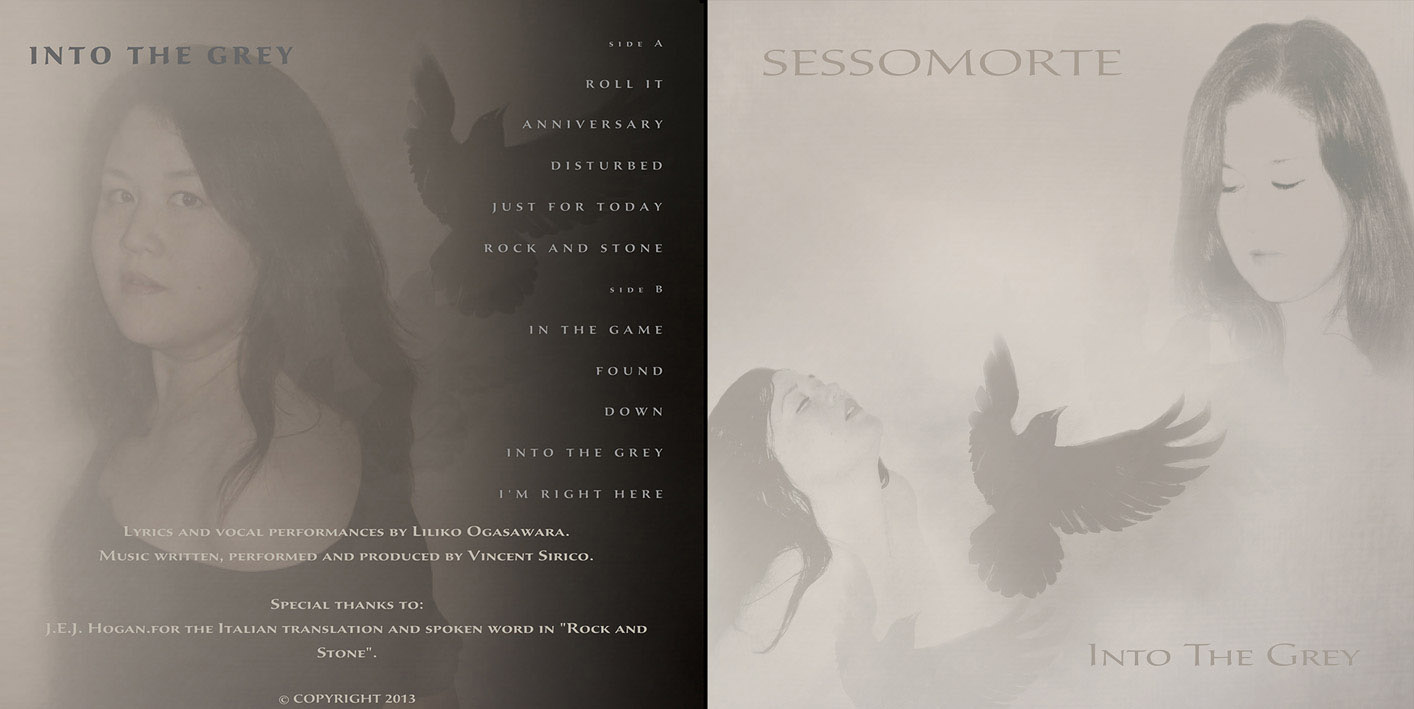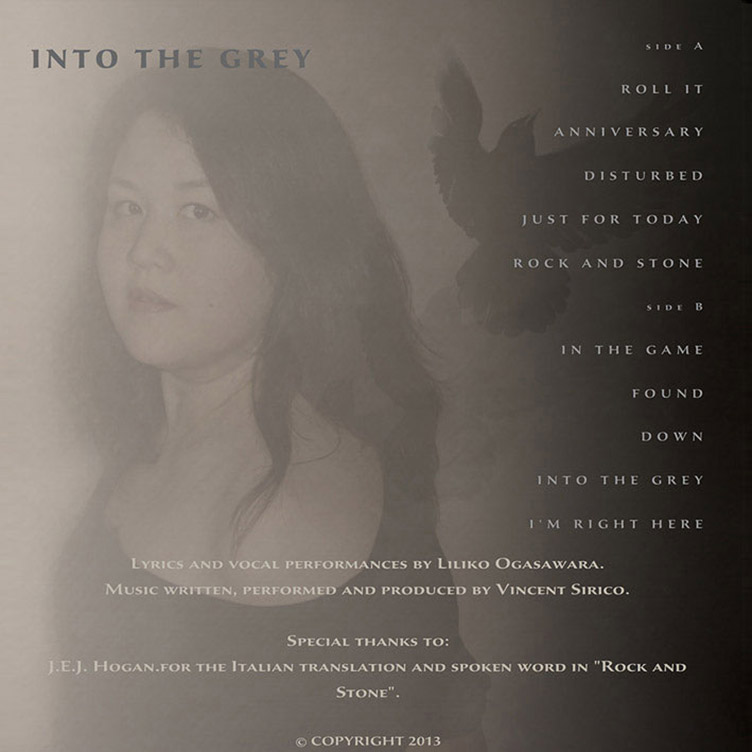Since birth Vincent has always had an insatiable creative drive. Youngest of four, he was a solitary, introspective kid, and constantly occupied -and pre-occupied- with some kind of creative activity: Building, writing, drawing or painting. However, he didn't embark upon his musical journy until his seventeenth year, when he finally gave in to a life-long urge to play guitar. After about a year of self-teaching, he was recruited to play not guitar, but bass in a neighborhood band. Quickly adding that instrument to his studies, from 1992-93 he played in a cover band centered around St. Peter's college in Jersey City, NJ, and included neighborhood friends and seasoned musicians Paul and Guy Capuzzo, as well as friend/fellow newbie Colin MacMamara on vocals.
What came next in '93 was an original progressive-metal group called "The Pure", with guitarist Lionel Mootoo, drummer
Pete Liebezeit, and singer/keyboardist Jess Ritgers (now with Psychoprism). In this band Vincent continued to hone technical skills and was afforded the chance to further develop his writing. They rehearsed incessantly and recorded several songs at Boulevard Studios in New Milford, NJ with the great Geno Porfido. "I was fortunate to have formed friendships with two great guitarists, Capuzzo and Mootoo. I feel privileged to have had the opportunity to play with and be influenced by them in my musical infancy. Then having Geno engineer The Pure sessions was another great experience".
When The Pure inevitably disbanded, Vincent switched gears from the chop-based discipline of progressive metal to the smoother textures and more feasible production of electronic music:
On a fateful spring day in 1998 he entered the Tower Records in Paramus, NJ and first encountered Portished. "It was playing over the store intercom, and I found it so intriguing that I asked the hot goth girl working there what it was. She told me and I bought it on cassette tape. They had a strange, beckoning sound, like I had heard it before in a dream, or I had written it in a former life- just mystical. It had a dark haunting quality that I found irresistible. Later I learned this was referred to as the Film Noir sound, very common in Trip-Hop."
In fact three other albums of that year had a huge influence on the gestating Sessomorte sound: Madonna's "Ray of Light", Lenny Kravitz' "5", and the first album by Garbage, all of which spoke to Vin in different ways. Soon after, he discovered ambient compilations on the Quango label, which sent him in the direction of Acid House, Jungle and Ambient-groove. Then after hearing and being impressed with the powerful sound of acts such as Crystal Method, Massive Attack, Bows and Reprazent, he bought a Roland synth with a MIDI sequencer and began exploring and writing in these genres himself.
"I read in Rolling Stone that Lenny kravitz wrote performed and produced "5" all alone, and that George Michael did "Faith" the same way, and of course I was always inspired by the one-man wizardry of Prince, Stevie Wonder and Tom Scholtz of Boston. I believed I could do it too. The tech was in place; the Roland JV midi synths gave me rudimentary multi-tracking capability, but when my brother built me a DAW and I got Logic Audio Gold in 1999- all limitations just evaporated. Software workstations were revolutionary: I felt limitless compositional power. I was free to record without the expense of a commercial studio and dependence on other musicians, and with a handful of software and outboard synths (Emu, Roland, Alesis) was finally able to render the sounds I envisioned, such as orchestras and thick ambient textures. My Fostex tape 4-track went into the closet."
Vin immersed himself in listening and studying audio production and sound design, learning how to get good sound, and translate guitar based writings into electronica. What emerged, was trance and ambient-tinged Trip-Hop in the style of Mono, Archive, Esthero and others. Yet he continued to write on guitar, and was intent on keeping his live bass and guitar performances in the compositions. He was guided by bands that could mesh synths with guitars well, like the Cars, and those that made layered electronic orchestrations sound natural and convincing, like Depeche Mode. He soon found that blending a multitude of different elements and textures required masterful knowlege of EQ and other mixing techniques, and had to (quite willingly) step up his skill set. He also had to learn to think and write like a drummer, pianist, cellist- even a horn player... "I would always get annoyed when I heard people say that computer-based music was inferior or unauthentic, because they assume that the computer somehow does all the work. Nothing could be more untrue. Tweaking drum or string parts bar-by-bar, note-by-note, and achieving a convincing and compelling performance, is actually more difficult than hiring a live musician and recording it. One has be able to convincingly perform everything. That to me is uber-producing".
Over the past two decades, Vincent has also participated in various roles in the music of Mat Helm Utopiatemple, a project by prolific artist and musician Mat Helm.
"Working on Matt's material was a challenging yet inspiring time. It allowed me to be a part of something more communal, and evolve as a producer. Matt is extremely creative, but completely unorthodox. He'll present me with what he wants to accomplish, and on my end it usually invovles brain stretching and intense problem solving- but that propels the evolution"
Vincent continues to write with Liliko, and pursue his studies of traditional art, music theory, classical guitar and web developement.
